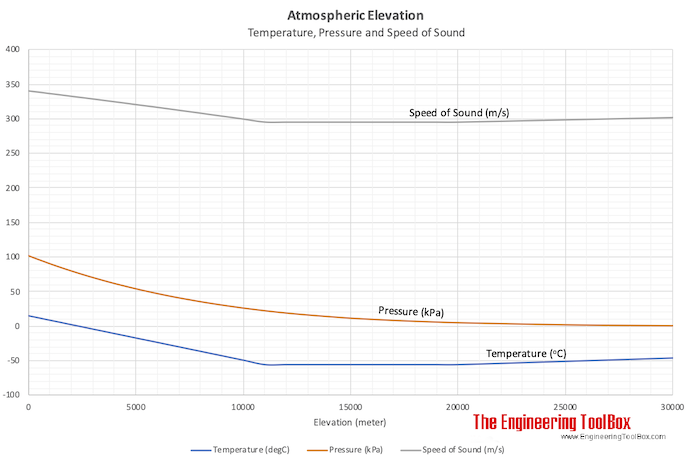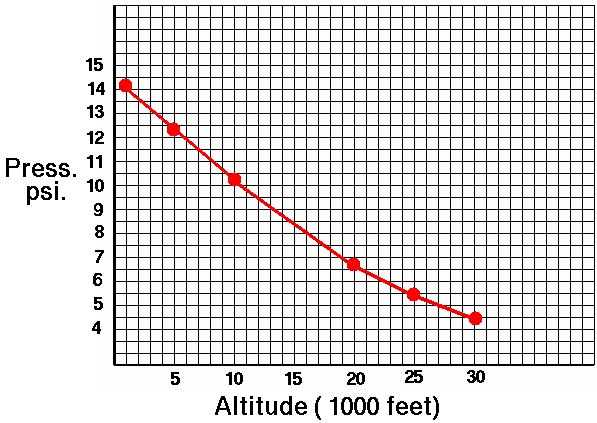


So, how does lower air density affect a loudspeaker's high-frequency behavior? (Any effect of lower air density on the speed of sound appears to be swamped by its dependence on ambient temperature.) Any acoustic phenomena directly related to the speed of sound-diffraction, interference, etc.-will therefore be the same in Santa Fe as at sea level. Notwithstanding that, I calculated the speed of sound at this altitude to be effectively identical to that at sea level (footnote 2) at 1121ft/s (345m/s) at 72☏ (24☌). This is 18% lower than the air density at sea level and leads to a greater sense of weariness at the end of the working day. The atmosphere here in New Mexico at 7000'- ca 2150m for all you fellow metriphiles-has a density of 0.9925kg/m 3, interpolating between the data given for altitudes of 2000m and 2500m in Shaeffer's and Day's A Field Guide to the Atmosphere (Houghton Mifflin, 1981). Aczel does raise a point that I, too, was concerned about when I moved to the high desert from the UK in 1986, I feel the matter worth looking at in more detail, at least regarding high-frequency behavior. Normally, when I read such criticism of this magazine's reviews, often based, as is this, on the fact that the writer has published an opinion contrary to ours and therefore feels the need to defend his reputation by attacking ours, I see no need to respond in print. "The large peak at 16kHz reported by Stereophile.was nowhere in evidence.The most probable explanation of this discrepancy is that the very light ribbon depends on the air load for damping, and that load is much smaller in the thin air up there at 7000' in Santa Fe than at altitudes where less lightheaded and scientifically more accountable reviewers dwell." Thus spake Peter Aczel (footnote 1), erstwhile loudspeaker designer and Editor/Publisher of the reincarnated The Audio Critic, a publication that advertises itself as having "unusual credibility among the top professionals in audio."


 0 kommentar(er)
0 kommentar(er)
